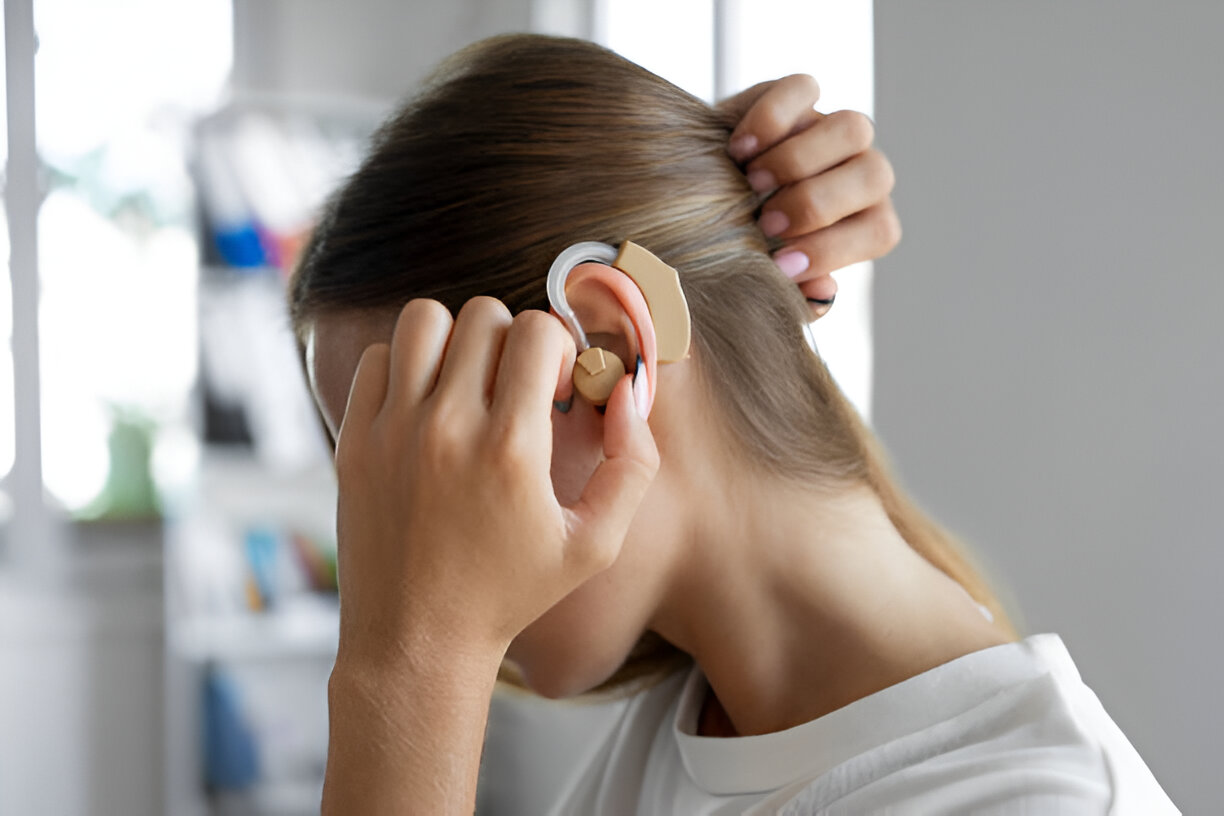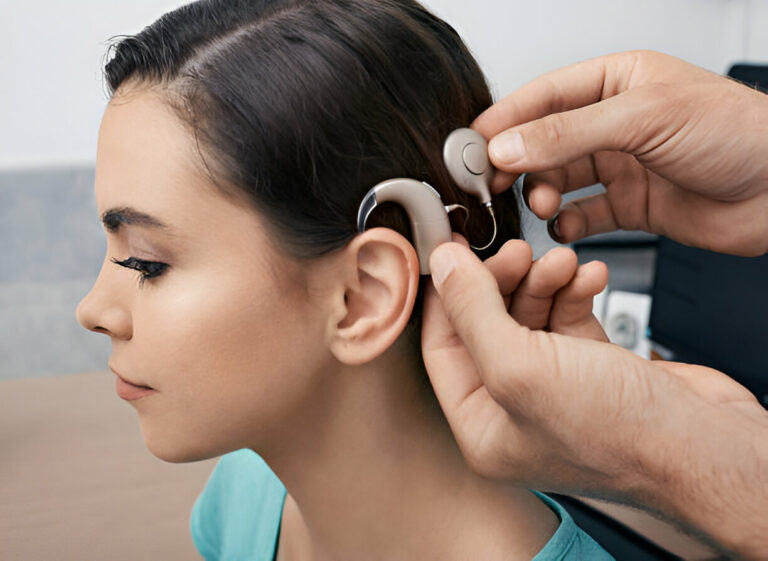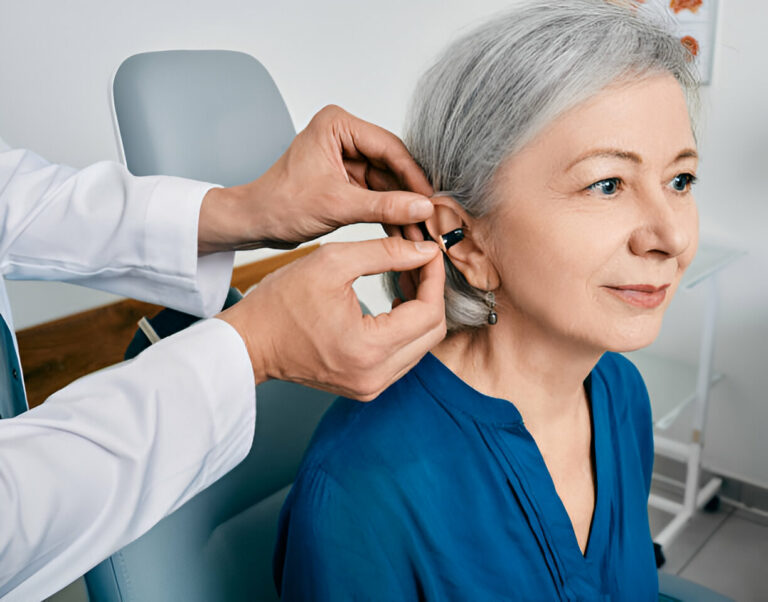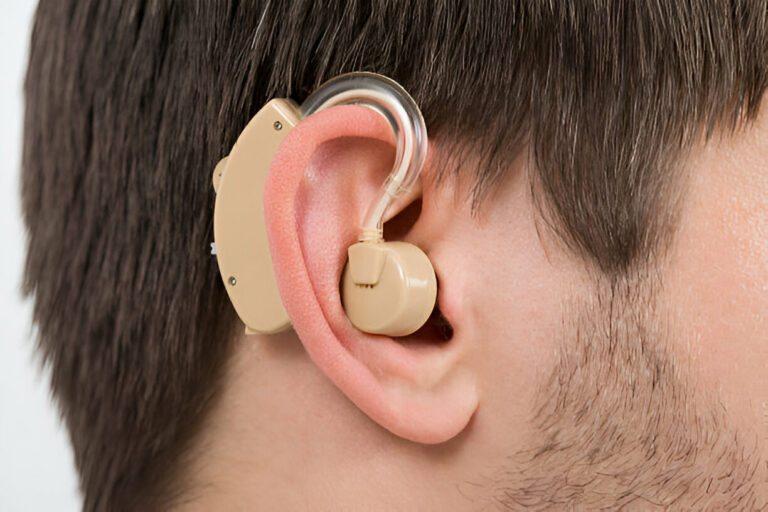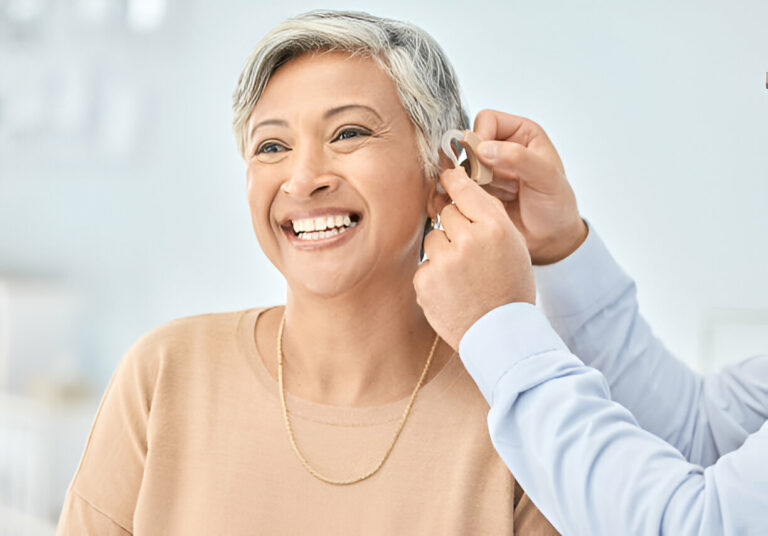How to Choose the Right Hearing Aid
When selecting the right hearing aid, numerous factors need to be considered to ensure the best possible fit for your needs. With technology advancements, hearing aids are now more discreet, comfortable, and effective. Which brands do I consider? Are Oticon hearing aids a good brand? or And what about invisible hearing aids? It’s crucial to understand the various types available and how they match your lifestyle. This guide will help you make an informed decision on choosing the best hearing aid for your needs.
1. Understanding Your Hearing Needs
Before choosing a specific hearing aid, it’s important to assess your hearing needs. Do you struggle to hear in noisy environments? Are you looking for a device that is discreet and nearly invisible? Or perhaps you want additional features like Bluetooth connectivity for hands-free calls and streaming? Understanding your preferences and requirements will help you select the most suitable hearing aid for your lifestyle.
Consulting an audiologist can help you determine the severity of your hearing loss and recommend the best hearing aid. They can also discuss lifestyle factors such as whether you need a hearing aid for everyday use or specific activities like attending social events, watching TV, or listening to music.
2. Types of Hearing Aids
There are various types of hearing aids, and choosing the right one depends on your hearing loss, lifestyle, and preference for discreetness. Below are some popular options:
Behind-the-ear (BTE) and Receiver-in- canal Hearing Aids (RIC or RITE)
These are the most commonly used types of hearing aids. The device sits behind your ear, with a tube that connects to an ear mould (BTE) or a wire with the speaker (called a receiver) that sits inside the ear canal. Many premium BTE and RITE models are designed to deliver powerful sound amplification while remaining comfortable and unobtrusive, ensuring clear hearing and a discreet fit.
In-the-ear (ITE) or In-the-canal (ITC) Hearing Aids
ITE hearing aids sit inside the outer ear, making them more discreet when viewed from behind. They are suitable for varying types of hearing loss and are available in different sizes but are limited upon the shape and anatomy of an individual’s ear. ITC hearing aids are custom made to a perfect fit for an individual’s ear and can offer wireless streaming and other bluetooth connectivity.
Invisible Hearing Aids
For those who prefer discretion, invisible hearing aids are an excellent choice. These devices sit completely inside the ear canal and are nearly invisible to others. They are ideal for people who are concerned about the appearance of wearing hearing aids but still want powerful sound amplification.
Various devices deliver exceptional sound quality while remaining discreet, allowing you to communicate freely without drawing attention to your hearing device. These hearing aids are designed to fit comfortably inside the ear canal, providing both convenience and enhanced auditory experiences.
3. Advanced Features to Consider
When selecting a hearing aid, consider the additional features that can enhance your listening experience. Some popular features include:
- Bluetooth Connectivity: Many modern hearing aids come with Bluetooth capabilities, allowing you to connect to smartphones, televisions, and other devices. This feature enhances sound clarity and provides seamless communication for phone calls or streaming music. Most hearing aids use MFi (Made for iPhone) technology and ASHA (Android Streaming to Hearing Aid) protocols, which can be found in Oticon hearing aids. These are also available in Starkey, Signia, Widex, GN/Beltone wireless enabled hearing aids. Sonova built hearing aids, such as Phonak and Unitron) use a classic bluetooth protocol.
- Noise Reduction: Hearing aids with noise reduction features can help you hear more clearly in noisy environments by filtering out background noise. This is particularly useful in social gatherings, restaurants, or busy streets.
- Rechargeable Batteries: Many newer hearing aids come with rechargeable batteries, reducing the hassle of frequent battery replacements. This eco-friendly option ensures long-lasting use without the need for disposable batteries.
4. Comfort and Fit
Comfort is a key factor in choosing the right hearing aid. Ensure the device fits securely in your ear and does not cause irritation. An ill-fitting hearing aid can be uncomfortable and affect its performance.
It’s important to explore different sizes and styles to find the one that provides the best fit. Many providers offer a variety of models with custom fittings and comfort-focused designs, ensuring that you get the most effective and comfortable hearing aid for your needs.
5. Professional Advice and Support
When purchasing hearing aids, it’s important to seek professional advice to ensure you choose the right model for your needs. Audiologists are trained to assess your hearing loss and can help you navigate the available options.
At Fidelity Hearing Centre our expert team offers personalised consultations and aftercare services to ensure your hearing aids provide the best possible performance. The experts will guide you through the process, from selection to fitting and adjustments.
Choosing the right hearing aid can significantly improve your quality of life by enhancing your ability to hear and communicate. We offer a wide range of hearing aids, including Oticon hearing aids and invisible hearing aids, tailored to suit your individual needs. Contact us today to schedule a consultation and take the first step towards better hearing and a more connected life.
6. Best Practice Hearing Care at Fidelity Hearing Centre
At Fidelity Hearing Centre, we are committed to delivering exceptional hearing care by following best-practice audiology standards. As a HearingUp-Approved Provider, we uphold the highest level of clinical excellence to ensure our patients receive the best possible hearing outcomes.
What Does Best Practice Mean?
Best practice audiology is about more than just fitting hearing aids—it’s about using proven methods to ensure every patient gets the full benefit of their hearing technology. At Fidelity Hearing Centre, we follow a structured, evidence-based approach to provide personalised and effective hearing care.
Our Best Practice Approach
✔ Comprehensive Hearing Assessments
We go beyond a basic hearing test to assess your overall hearing health, speech understanding, and ear function.
✔ Real Ear Measurements (REM)
We verify your hearing aid settings using Real Ear Measurements—the gold standard in hearing aid fittings. This ensures your devices are customised to your unique hearing needs for maximum clarity and comfort.
✔ Speech-in-Noise Testing
Understanding speech in background noise is one of the most common hearing difficulties. We assess this and recommend technology that improves listening in noisy environments.
✔ Ongoing Support & Follow-Ups
Hearing aid success requires ongoing fine-tuning and counselling. We schedule follow-ups to ensure you’re getting the most out of your devices and provide adjustments whenever needed.
✔ Earwax Management
Blocked ears can affect hearing aid performance. We offer professional earwax removal to keep your ears and hearing aids in top condition.
✔ Education & Counselling
We help you and your family understand how to get the best from your hearing aids, including strategies for difficult listening situations.
Proud to Be a HearingUp Provider
As a HearingUp-Approved Clinic, Fidelity Hearing Centre has been personally vetted by Dr. Cliff Olson, one of the world’s leading audiologists. This means we meet the strict criteria for best-practice care and are committed to transparency, ethical recommendations, and patient-first service.
If you’re looking for expert hearing care that follows best-practice principles, book an appointment with us today and experience the Fidelity difference.
